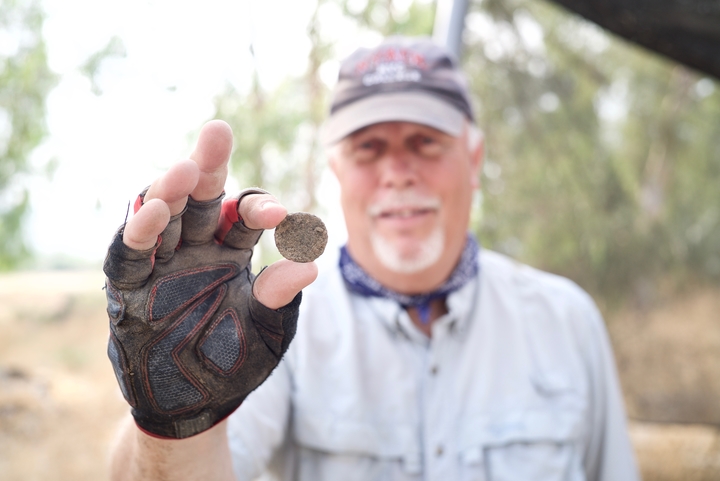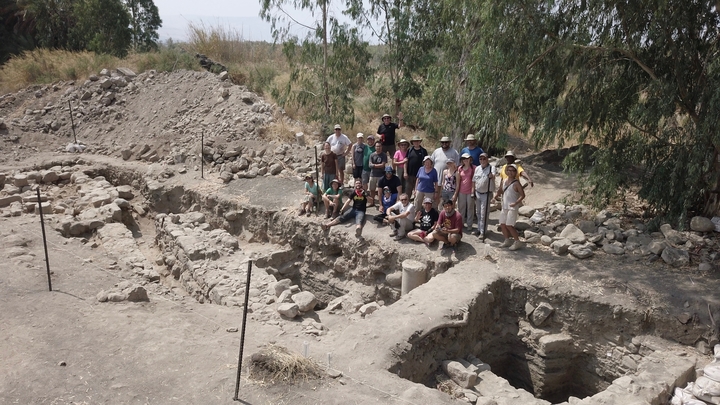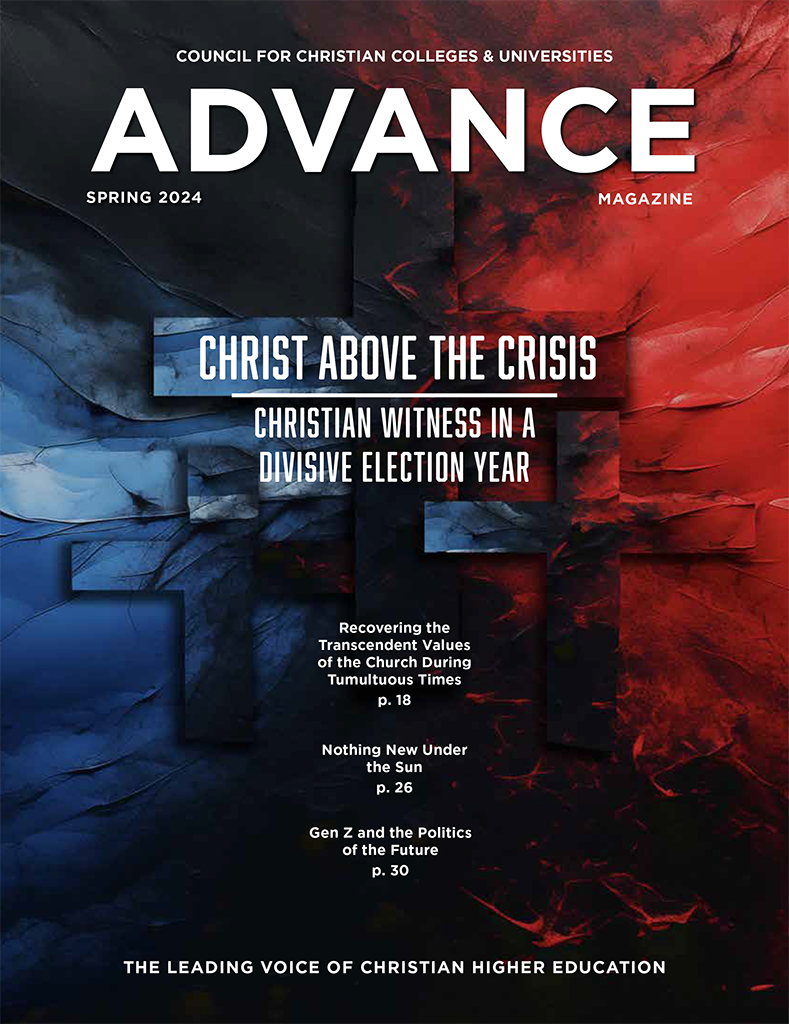News and Publications

A group of CCCU scholars and students made what could be a huge archaeological discovery for historians and biblical scholars over the summer: the biblical city of Bethsaida, the hometown of three of Jesus’ disciples.
Steven Notley, distinguished professor of New Testament and Christian origins at Nyack College, along with his colleague Mordechai Aviam from Kinneret College in Israel, led the dig in Israel near the Sea of Galilee. Sifting through the mud, students discovered mosaics common to first-century Roman bath houses.
Notley explained the significance of this discovery: “[The historian] Josephus’ single mention of Bethsaida was its transformation by Herod’s son into an urban setting.” Bath houses are one of the trademarks of an urban Roman city. Because of this evidence and the site’s proximity to the Sea of Galilee, Notley and his team have good reason to believe they have discovered evidence of the city of Bethsaida.
According to the book of John, Bethsaida was the hometown of three disciples – Peter, Andrew, and Philip. It is also the place where Jesus healed a blind man in Mark 8.
Some scholars have made the case Bethsaida is actually located at a site known as et-Tell, a site that has been under excavation since 1987. However, Notley challenged this view over 10 years ago in his article “Et-Tell Is Not Bethsaida.” He questioned why a well-known fishing village would be located more than a mile from the lakeshore and why, after decades of searching, no one had found physical evidence to match the historical record.

So when he and the Nyack students discovered stronger evidence of Bethsaida at their new dig, El-Araj, the discovery was a significant confirmation of Notley’s earlier suspicions.
This was Nyack’s second summer on the site; in the summer of 2016, the team discovered the ruins of an ornate Byzantine church in the same location, in a more recent layer of sediment. Byzantine Christians are known for building churches on sites they believed to have Christian historical significance. In this case, the ruins matched a letter from 725 describing a church built on what was believed to be the site of Peter’s home. Last year’s discovery of the church is yet another clue pointing to El-Araj being the home of Bethsaida.
“In archaeology, you always have to let the evidence lead you where it does,” Notley explained. “Everything we’ve found fits exactly what you’d want to find based on the historical witness.”
The discovery of one of Jesus’ early ministry locations is of particular value to this group of Christian scholars.
“All my studies have been about trying to understand the gospel in its first century context,” said Jesse Martone, a recent graduate of Nyack’s Ancient Judaism and Christian Origins master’s program and one of the students on the dig. “It was a touching moment to realize we were moving the ground the early church walked on.”
Juan Arias was another one of Notley’s students on the trip. He originally joined the Ancient Judaism and Christian Origins program because of the joy he found in learning about the historical Jesus in Notley’s undergraduate classes at Nyack. Travelling to Israel to excavate the land itself was the perfect complement to his graduate studies. “You’ve been reading the text, [but being there] drives you closer, it gives you a stronger understanding,” he said. “This isn’t just a fairytale; this is real, it’s something you’re experiencing, and it’s really beautiful.”
Other Nyack participants on the dig included Jeffrey Garcia (assistant professor in Bible at Nyack), Sunya Notley (director of Nyack’s Bailey Library), and students Laurette Harper, Stephen Bailey, and Eric Tomlin, along with their families.
Notley said the site will take at least another five summers of excavation to fully understand the city and confirm whether it is the city of Bethsaida. Next summer, he is increasing his team and extending the dig, taking between 20 and 40 people for a period of four weeks. Not surprisingly, his team has already been inundated with requests to join the dig.
Notley said that anyone from the CCCU is welcome to get involved with the excavation if they are interested: “It’s only going to get better; we’ve just seen a glimpse of what’s to come. I believe it’ll be a very important historical site.”
To learn more about Nyack College and its Master of Arts in Ancient Judaism and Christian Origins, visit the program’s website.
To learn how you can contribute to the CCCU’s blog, contact us at editor@cccu.org.



